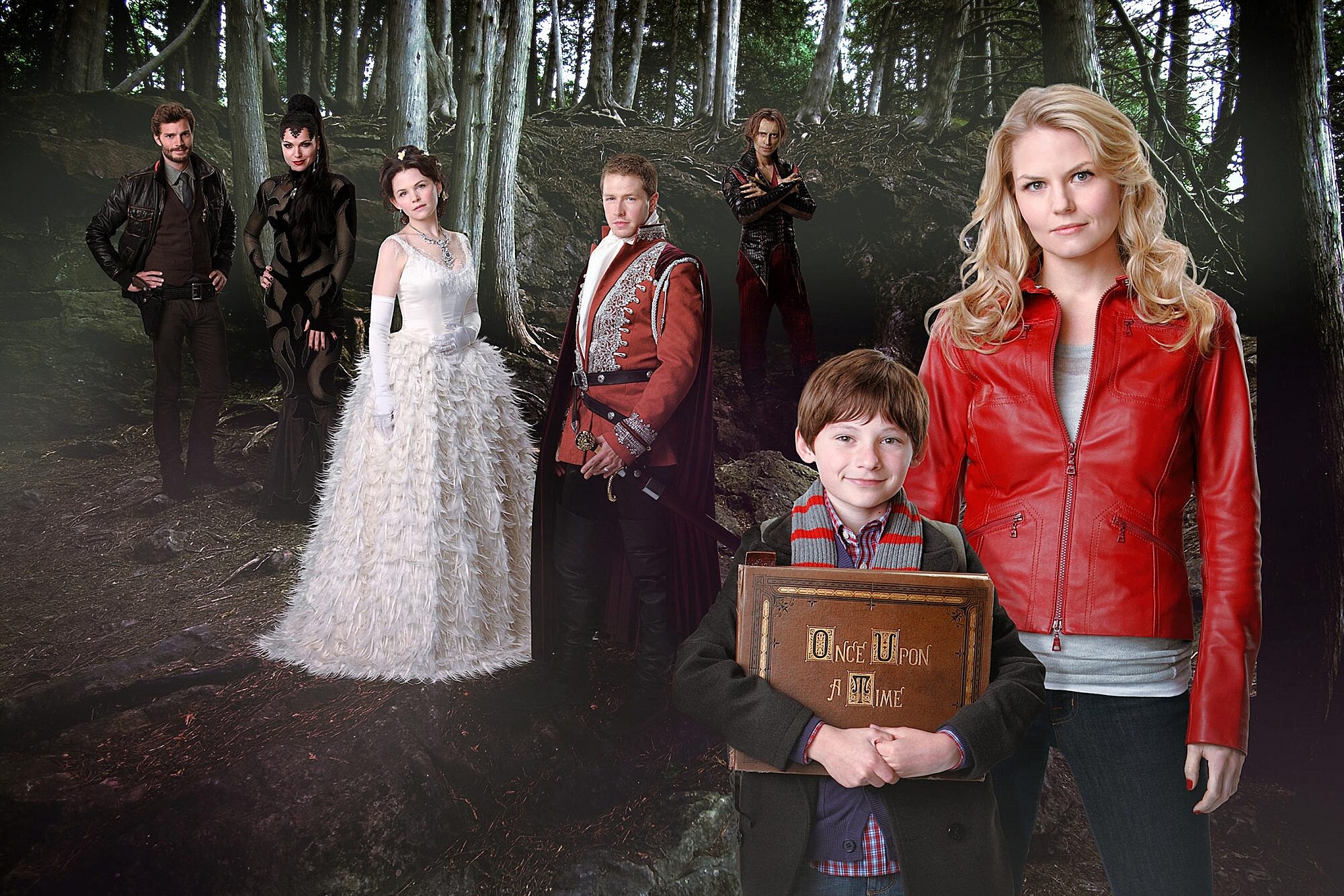Table of Contents Show
Many people are familiar with the opening line “once upon a time” in fairytales. The phrase is used to convey fictional and nonfictional past events. It’s been dated back to as early as the late thirteen hundreds. The phrase “once upon a time” was coined to introduce happy folktales to a primarily younger audience, typically ending with the characters living happily ever after. Because children tend to be so impressionable, it’s not unusual for them to believe in fairytales, especially with the comforting way these stories tell them that everything will work out if they just believe it will. Whether it’s the magical aspects, the reliable night in shining armor, or just the idea of a happy ending, some children associate these stories with reality, resulting in unrealistic expectations.
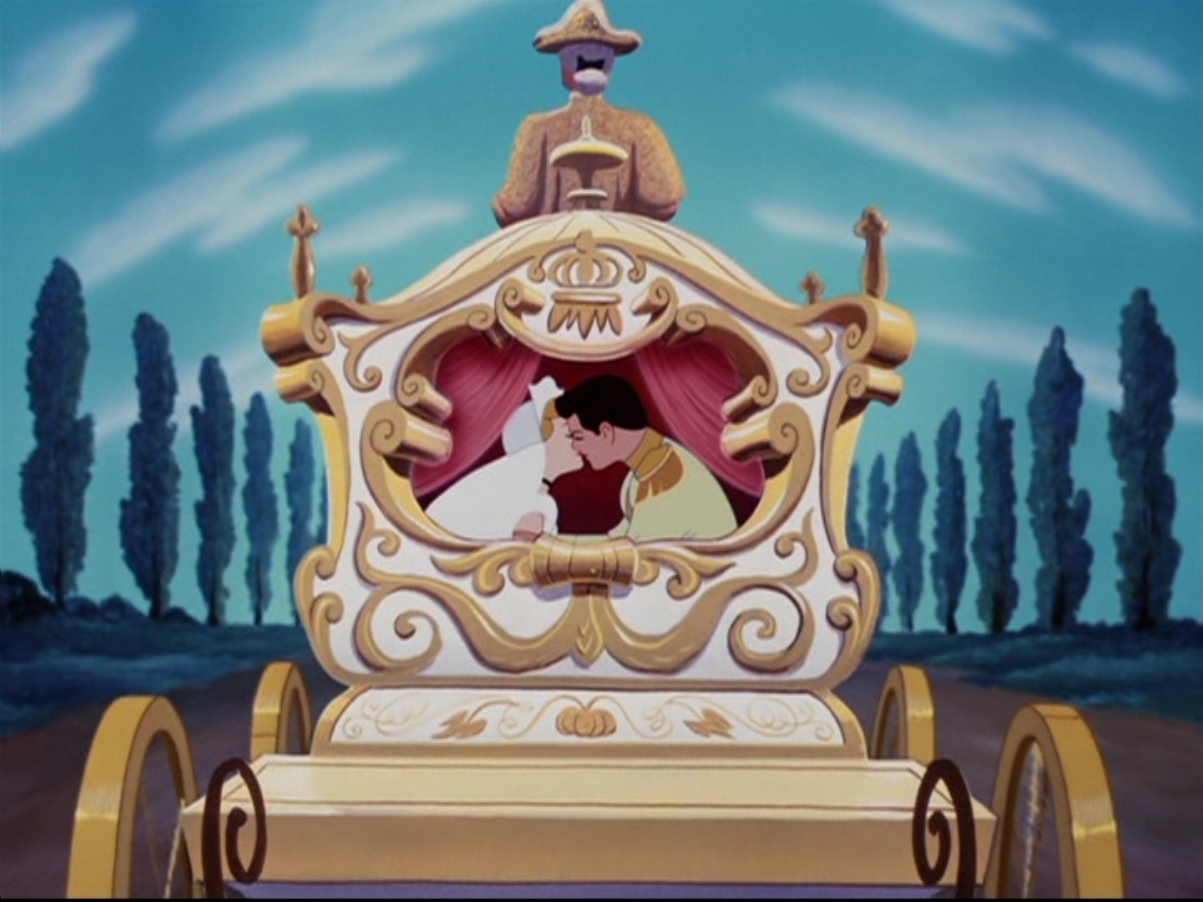
Despite how badly we want things to work out for our favorite fairytale characters, these stories usually don’t depict a realistic ending. The series Once Upon a Time is based on Walt Disney’s original and re-imagined fairytales, but with an added, darker twist: not everyone’s story gets a happy ending. The series turns every original Disney movie and adaption into a more dramatic, more realistic version with new add-ons and crueler obstacles. Once Upon a Time gives us a look into the modern version’s magical origins but focuses on the consequences of the characters’ actions more than the rewards. We watch as desire drives these characters into more trouble than the original stories. When it comes to greed, jealousy, revenge, and the need for power, they’ll stop at nothing in spite of their moral compasses to achieve their goals.
Original Fairytales And Their Unrealistic Expectations
One common story that embraces the “happily ever after” theme is the widely known princess, romance-fantasy, Cinderella. The original tale dated back over two thousand years ago. Unlike some adaptions, Disney’s version stays relatively true to the original concept. The story is about a young woman who suffers from the mental abuse of her step-mother and two step-sisters and is forced into daily physical labor and a dreary living situation. But the moment her Fairy Godmother appears, her life is completely turned around. A major flaw in stories like Cinderella and Snow White is the savior complex bestowed upon their significant others and companions.
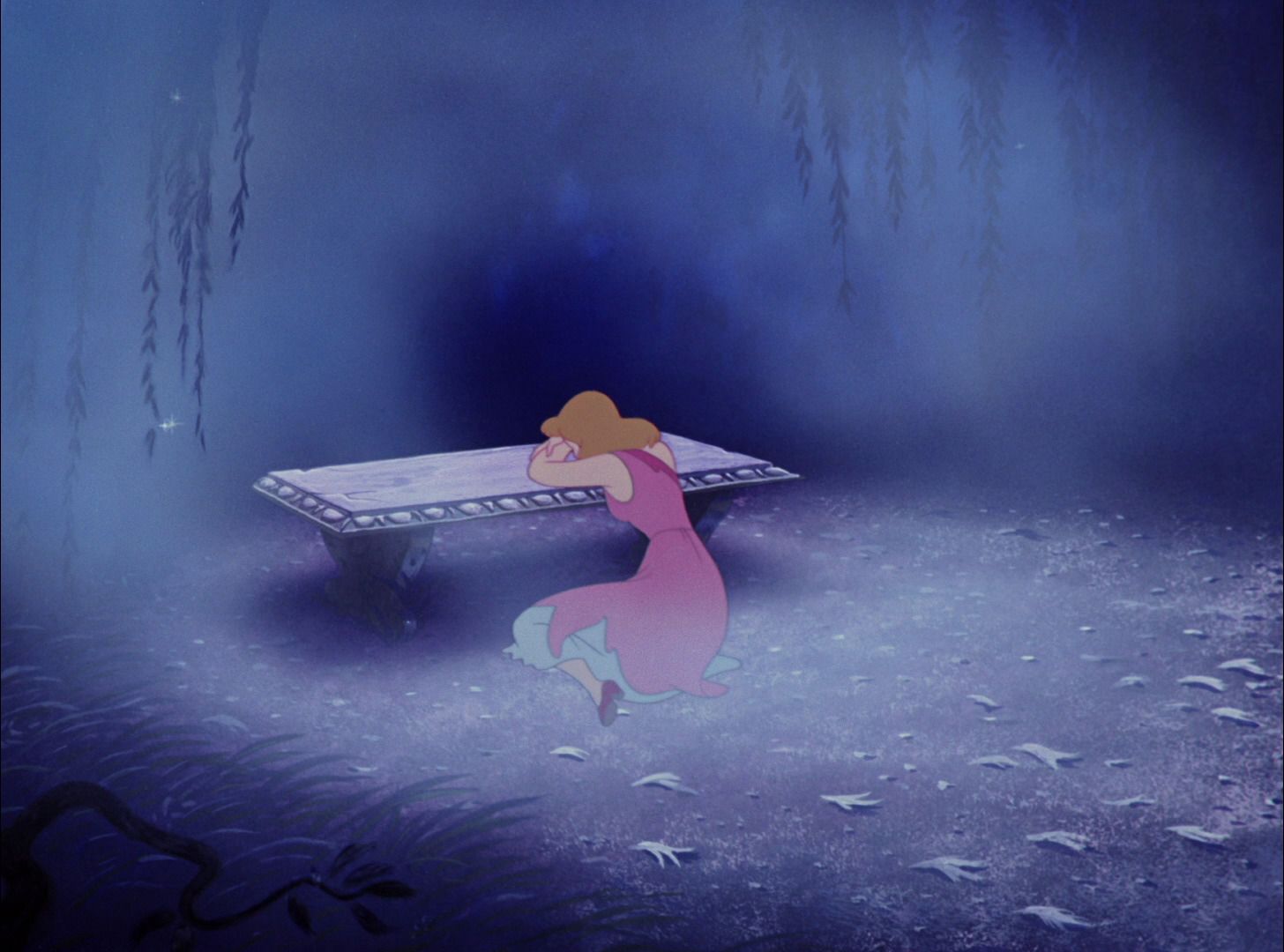
Cinderella ends with her animal friends helping her escape her room that her step-mother locked her in, so she may be whisked away by a prince she hardly knows to a better life. This tells the audience that young women aren’t capable of fixing their own lives, and they’ll have to rely on others to create their happy endings for them. Not only is this unrealistic, but it’s also toxic for children who believe someone else can make all their dreams come true.
Not to say children shouldn’t depend on their family and friends in their times of need, but once they reach a certain age, they need to learn how to be independent. “While statistics on codependency in children are lacking, experts agree that it is becoming an increasingly more prevalent problem. Historically, there was an expectation that children become more autonomous at a much younger age. Plus, many children suffer from anxiety disorders, which are related to both codependency and anxiety (( “Codependency in Children.” Psychology Today. Raychelle Cassada Lohmann Ph.D. Sussex Publishers, LLC. 2021. Codependency in Children | Psychology Today )).
What’s Wrong With Having A Happily Ever After?
The problem with ending a story as a “happily ever after,” or “happily until their deaths,” as it was originally stated, is the assumption that between the end of their stories, up until the end of their lives, these characters only experience a happy life. Although this may be the goal for most people, it’s extremely unrealistic to assume anyone can experience only happiness from the age of fourteen to seventeen till the end of their days. We’re only human. Although you may maintain a positive attitude, and some people may receive more happy days and blessings than others, it’s important to accept bad days and learn how to deal with them. If we’re constantly relying on “happy endings,” the reality of being a human with ups and downs would be completely lost.
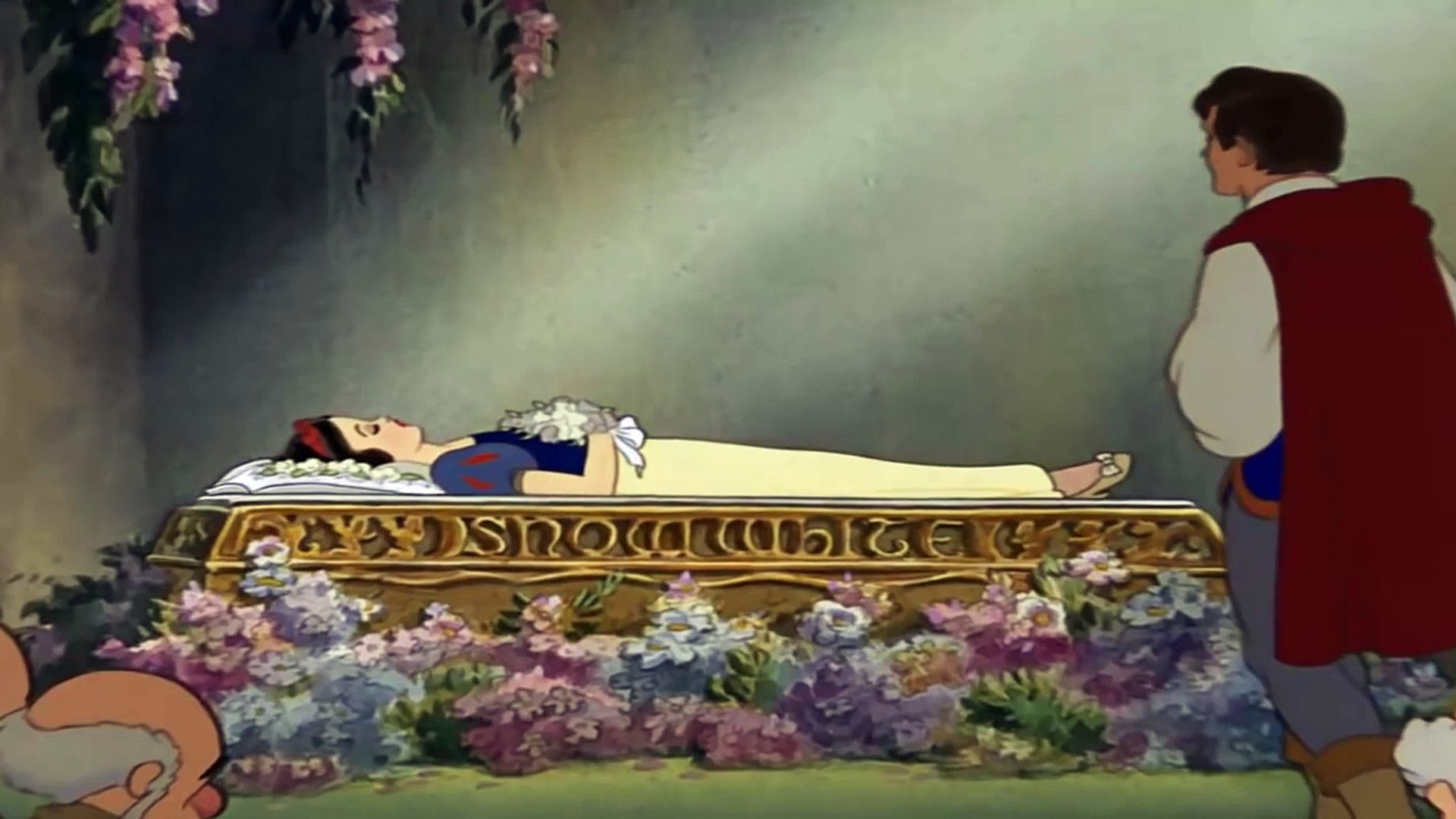
This concept of a happy ending puts a lot of pressure on the rest of a person’s life, always striving for perfection and never allowing themselves to have a bad day or experience unhappiness. It’s only natural for life to get in the way of happiness sometimes. Searching for happy ending years in advance before the end of a life will ultimately cause some disappointment when things go wrong. And relying on a man in tights to save the day will probably never happen. If children are exposed to happiness, disappointment, independence, and consequences at a young age, it’s more likely they’ll grow up to never take fairytales like Cinderella and Snow White so literal.
Reality Meets Fairytales
Like it or not, reality has a funny way of disrupting real-life fantasies and bringing people back down to earth. The series Once Upon a Time redefines the meaning of fairytales by putting a darker spin on Disney’s classic and new-age films and adding realistic endings, consequences, imperfection, and life to the equation. Once Upon a Time is about a twenty-eight year-old woman named Emma Swan, portrayed by Jennifer Morrison, who lives most of her life as a recluse after spending more than half of it between foster homes and the orphanage. Ironically, Emma’s recluse nature was created by true love, unknowingly being the daughter of Snow White and Prince Charming. When Emma was barely two days old, Regina Mills, Snow White’s wicked step-mother played by Lana Parrilla, cast a curse on the Enchanted forest. Because of this, the fairytale characters find themselves separated with new memories and new lives in our real, magicless world apart from each other in a town cursed by frozen time.
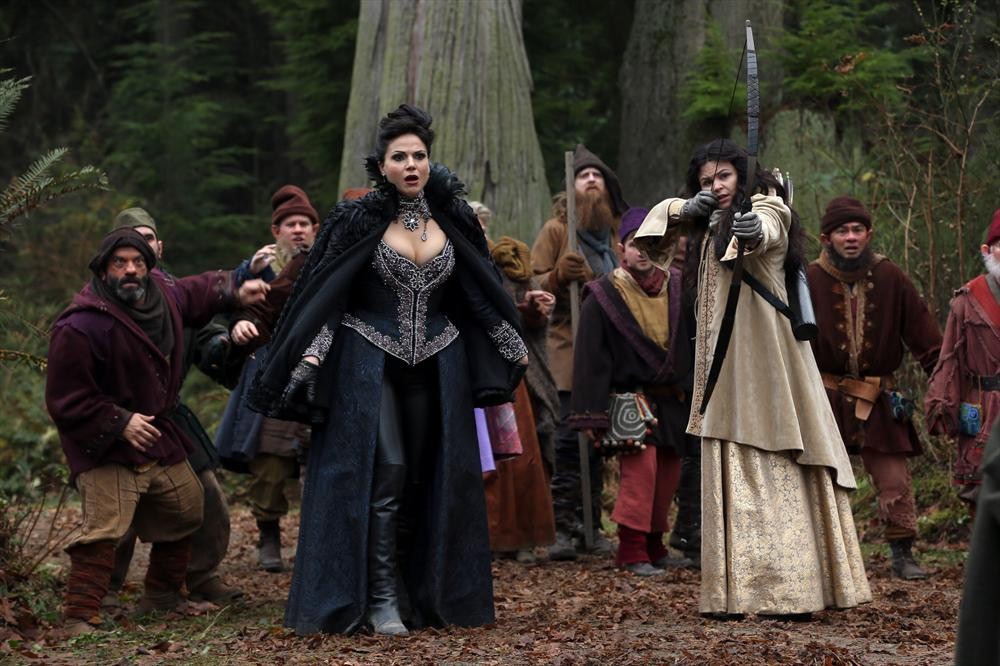
Emma Swan is far from being the only one fated to live a life knowing she missed out on potential happiness, but she still felt it harder than anyone else in the beginning. When Emma was only eighteen years old, she found herself pregnant in prison after being left by her boyfriend to take the fall for expensive stolen watches. Before the end of her sentence, Emma gave birth to her son Henry but decided it was best to give him up for adoption due to her circumstances. After ten years went by, Henry appeared on Emma’s doorstep. After revealing who he was, Emma drove him back to his home in Storybrooke, where he laid on another surprise; Emma’s birth parents lived in Storybrooke too.
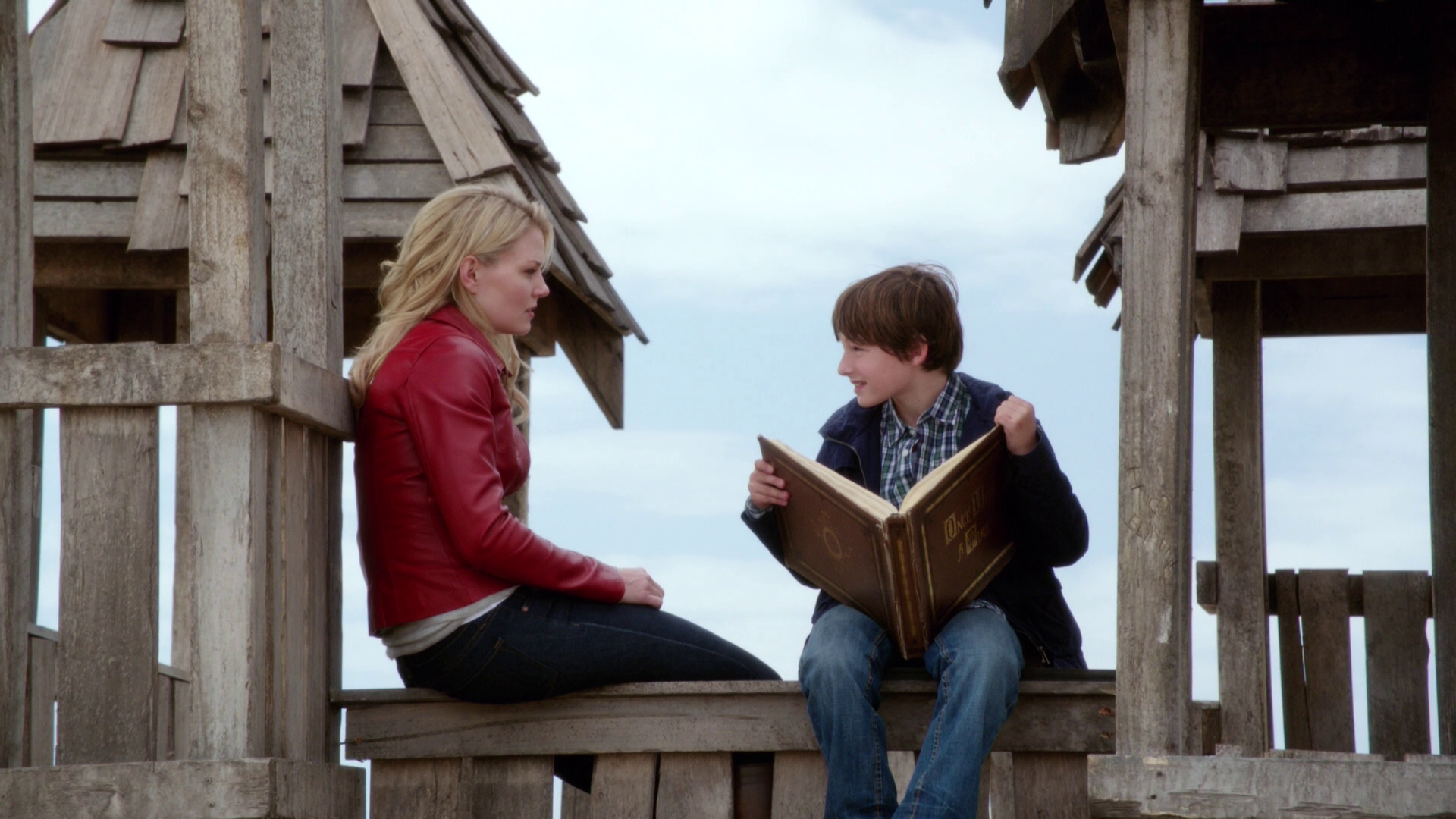
Although Emma didn’t believe Henry at first that her parents were two people who didn’t know each other, were the same age as her, and were Snow White and Prince Charming (for obvious reasons), Emma still stuck around Storybrooke, abandoning her life of solitude to keep an eye on Henry and his adoptive mother, Regina Mills. This complicated adaption gives the audience more conflict compared to the original stories. Not only do fans see Emma and Henry struggle with their identities and place in a magical world they didn’t grow up in, but viewers get to watch the character development of the original fairytale characters unfold in a way where they must adapt to this world without happy endings and magic, without losing sight of who they are.
The Reality Of Villains Vs. Heroes
As most people are aware, in this world, bad people don’t always pay the consequences compared to the villains we see on television. In Once Upon a Time, this rule of television fantasy doesn’t apply. As they see it, villains aren’t supposed to get their happy endings in their world. However, the supposed villains that come to our world don’t seem to have that issue. As much as the series tries to enforce the idea of being good, some of their deemed bad guys have a way of getting what they want and not always in the nicest way. Regina Mills tends to be territorial over Henry, constantly trying to drive a wedge between him and Emma in the beginning. And even though we see Regina become rehabilitated in later seasons, during this time period Henry still obeys and even defends Regina, giving her exactly what she craves the most: Henry’s unconditional love.
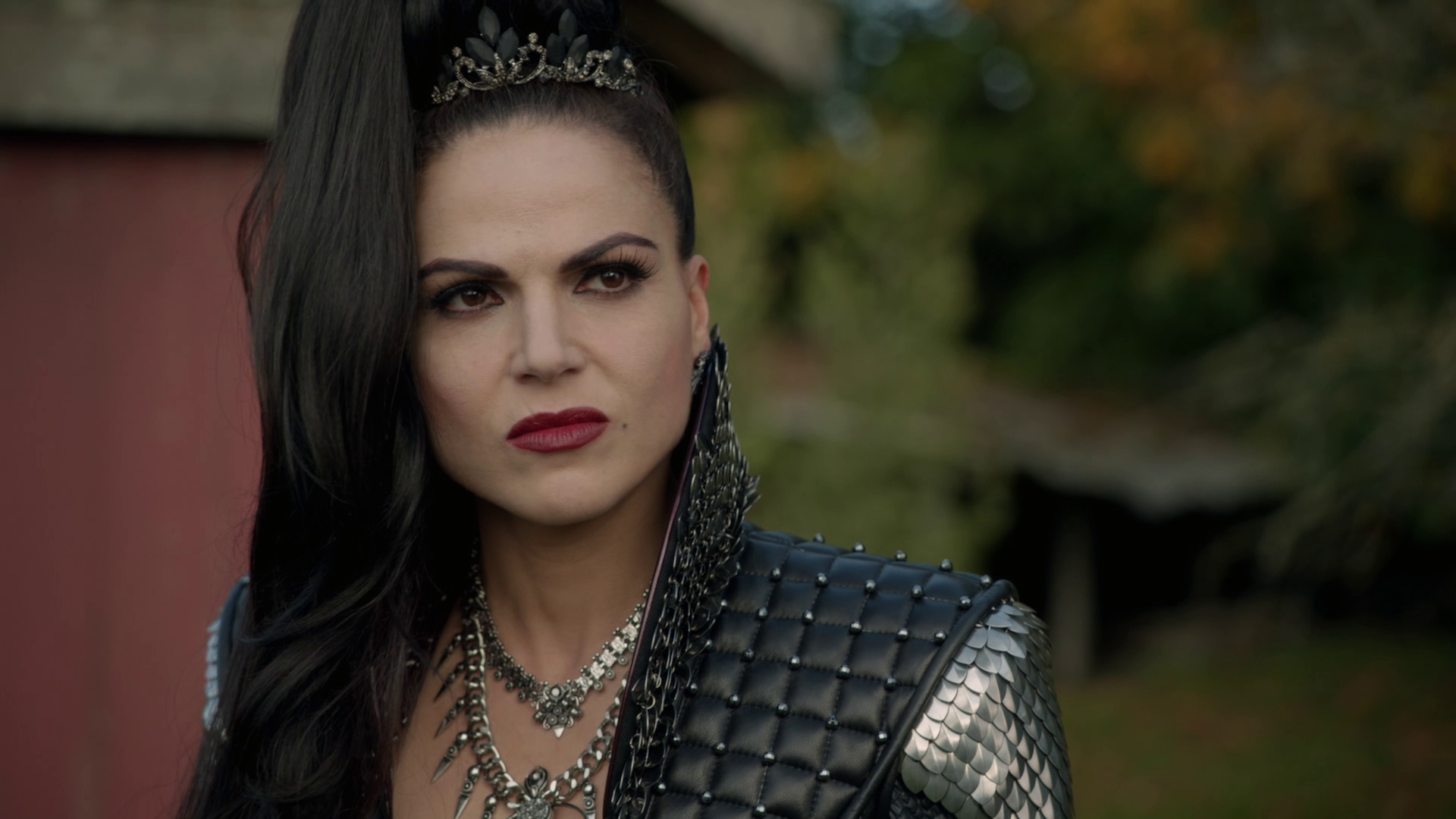
Another character who only does good by him is Rumplestiltskin. Rumple, or Mr. Gold, portrayed by Robert Carlyle, is one of the main anti-heroes of the series. He is constantly looking out for his own dark power and selfish desires. Rumple found power through his own cowardly ways and low self-esteem, resulting in him becoming evil and holding onto his newfound strength to never feel vulnerable or weak again. Like Regina, Rumple eventually does receive redemption by the end of the series from his family and friends, but throughout most of the series, he is the root of all problems. Rumple manages almost always to get his way one way or another, even though small instances of disloyalty to bigger deceptions and offenses, such as abuse or murder.
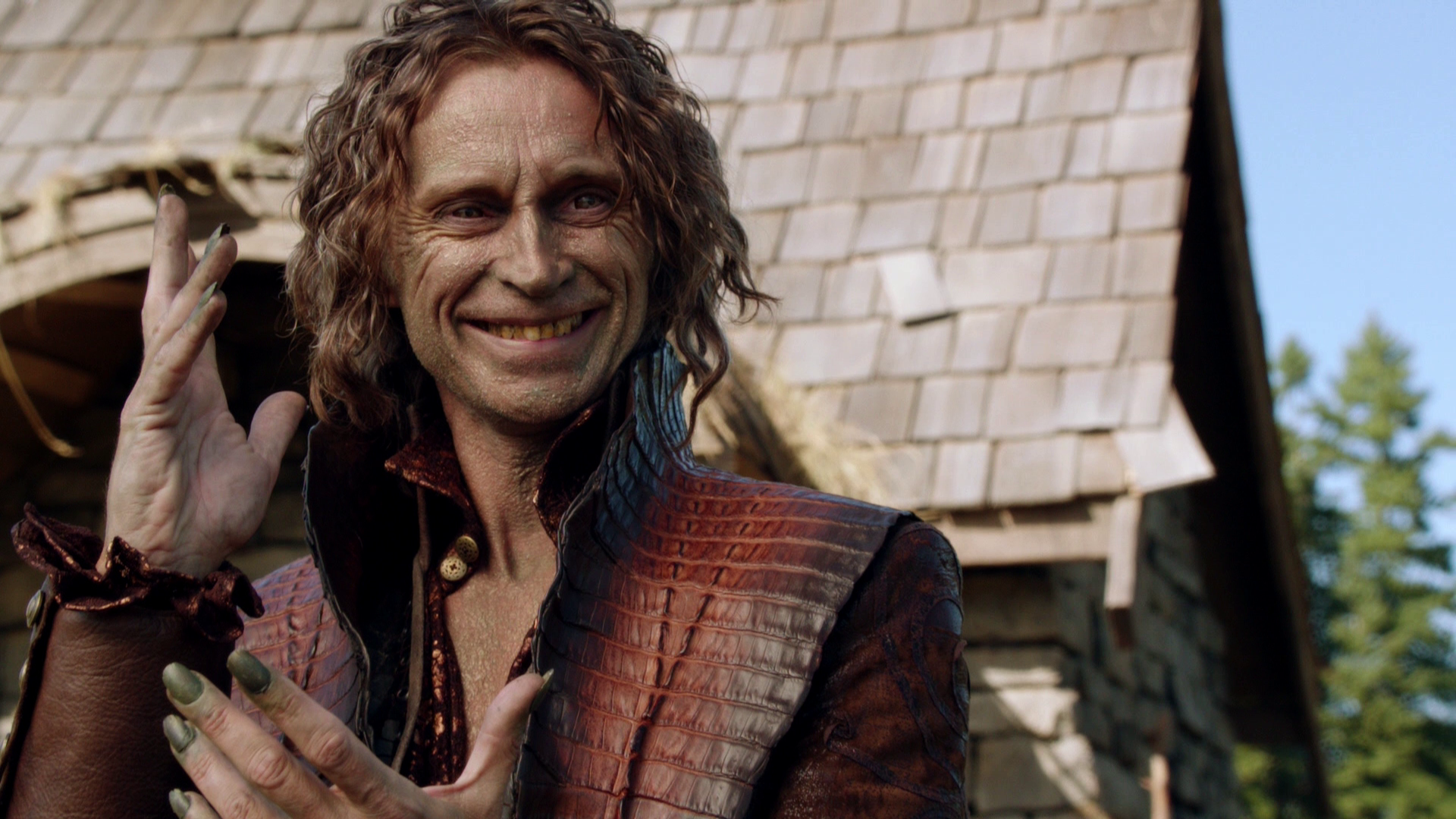
There are times these villains receive their just-desserts and pay the price of their negative actions. But other times, we watch as they get away with literal murder. It took time for either of them to see the error of their ways. Regina starts to care about her fellow magical community through kindness and love, with Rumple falling behind. After the first season, Regina really starts to listen to Henry’s pleads, and with her requited love for him, she begins to believe in herself, and in return, becomes a better person. Rumplestiltskin may be a bad man, but he too finds redemption through the love of his son Neal, his beloved wife Belle, and future son, Gideon.
In the end, he’s able to give up his immense power and reunite with his wife in the afterlife. Throughout the series, we watch as Regina, and Rumplestiltskin go from public enemy number one (or two) to allies of our protagonists. And although they should have never been able to cause so much destruction, that’s the reality of doing bad things; sometimes, crime doesn’t pay.
Accepting Reality
Although the villains aren’t considered role models from the beginning, the series’ alleged heroes aren’t exactly the embodiment of perfection either compared to Disney’s portrayal of them. After discovering the truth behind the curses and remembering their past lives, things do not go back to the delusional happiness these protagonists claimed to have lost. Emma Swan has clearly been through a lot in life, from being abandoned as a baby and to a life of loneliness and betrayal, so it’s not all that surprising she didn’t want to immediately build a relationship with her family. Sadly, because of Emma’s upbringing, fans watch as Emma struggles to get close with people and eventually becomes overtaken by darkness.
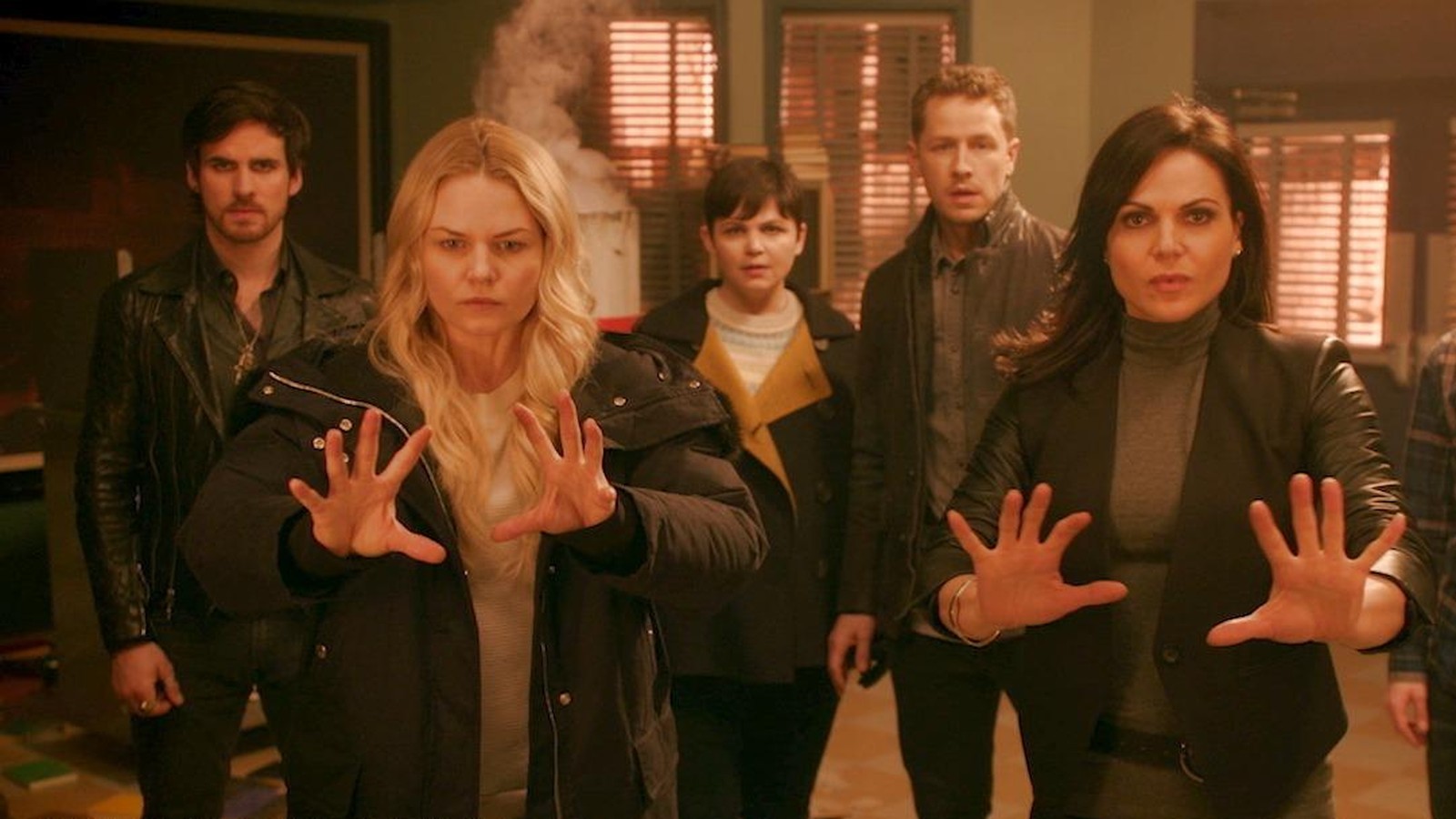
Emma’s parents show us just how lost heroes can become from a touch of reality. In their past life, Snow White and Prince Charming, played by the re-life married duo Ginnifer Goodwin and Josh Dallas, managed to beat all the odds and have a fairytale romance, followed by a beautiful wedding, and complete control over their lost kingdom. But through it all, it’s plain to see just how chaotic and devastating their lives were in the process of falling in love.
A Grey Fairytale
Snow White didn’t become the step-daughter to Regina by mistake. When she was a young girl, her mother was intentionally poisoned by Regina’s mother in order to make her father Snow White’s father available for Regina, without anyone else’s knowledge. Due to the success of Regina’s mother’s malevolent schemes, Regina becomes the unhappy wife of Snow White’s father. Because of Regina’s hatred towards Snow White, she finds a way to have her father killed, leaving Snow White blamed for the murder of her own father and completely parentless.
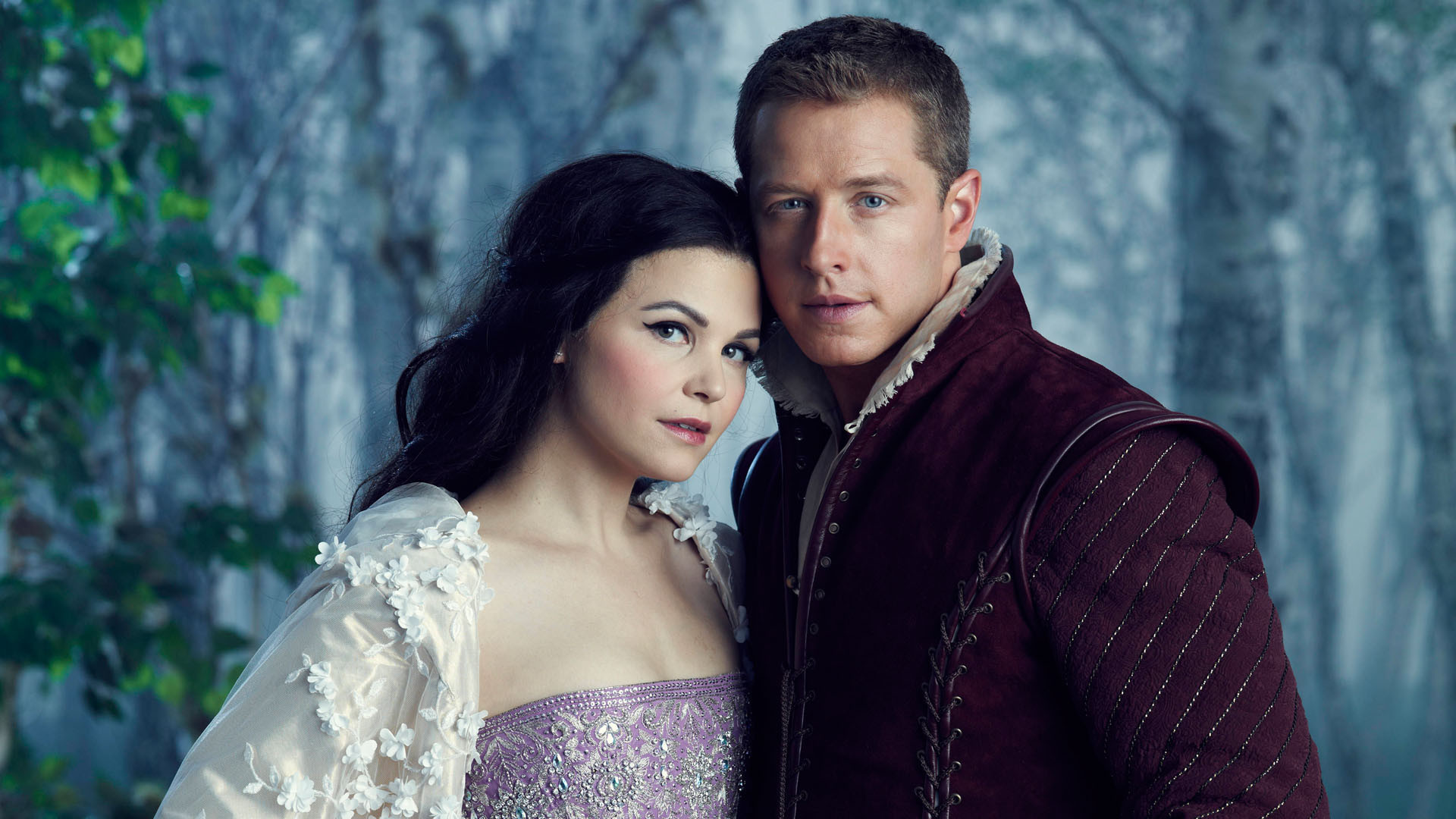
Later on in the series, Snow White decides it’s time Regina’s mother must be stopped for good by ending her life. The murder of Cora, Regina’s mother, causes a spec of black to grow in Snow’s heart and sends her into a state of depression. It’s also later revealed that when Snow White and Prince Charming go on a quest to save their future child, Emma, from potentially becoming evil, they rip one of Disney’s famous villains, Maleficent, from her newborn child. This portrayal of imperfection in both Snow and Charming conveys a more realistic approach to fairytales, allowing the audience to see them as relatable characters instead of a perfect princess and prince.
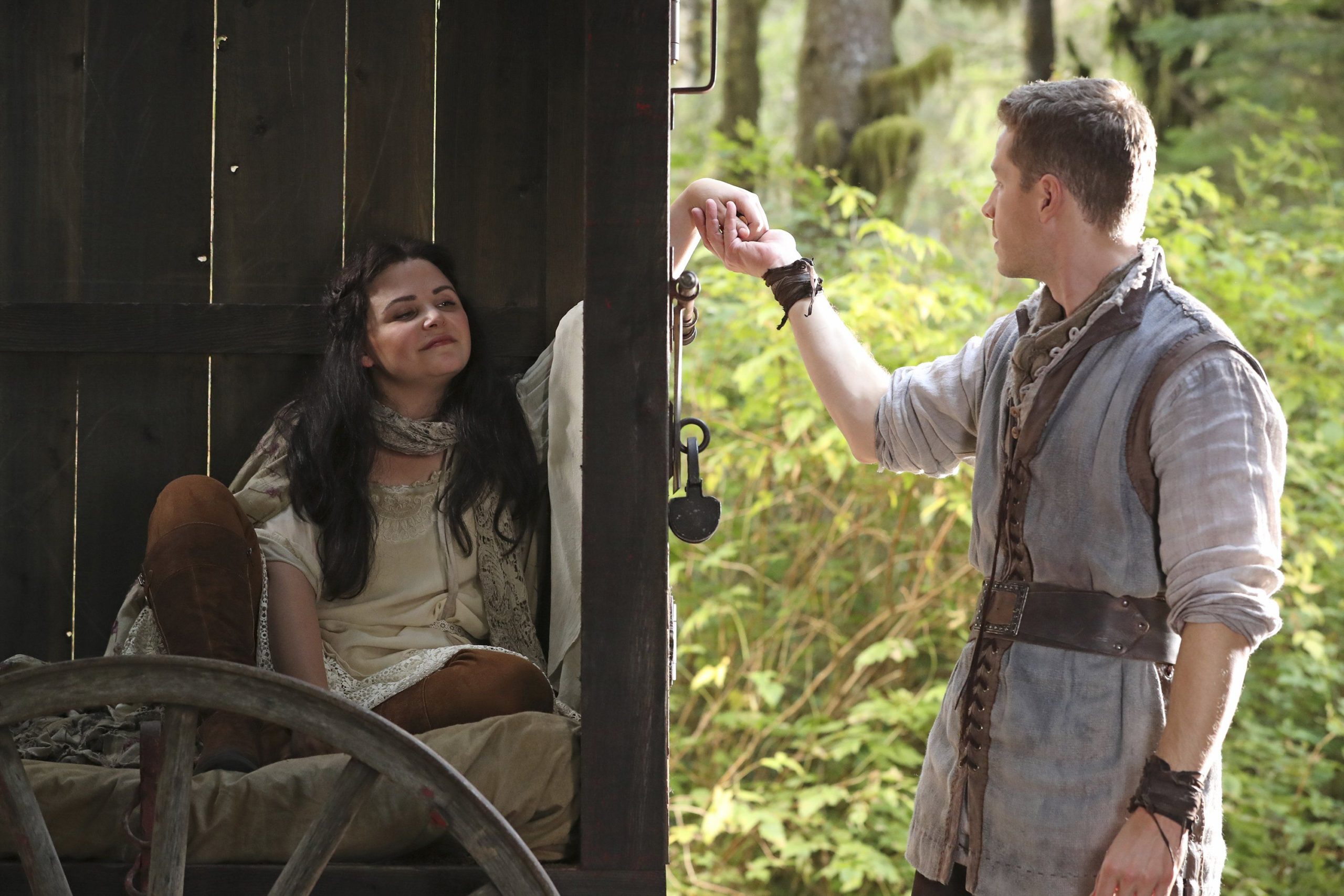
Another example of a realistic problem is the temptations some characters fall into in this world vs. theirs. Neal Cassidy, also known as Baelfire, is Emma Swan’s ex-boyfriend that abandoned her with the stolen watches and the biological father to Henry. Neal was originally from the Enchanted Forest, unlike Emma or Henry, and found himself in the real world after the betrayal of his father, Rumplestiltskin. He spent many years alone due to his father’s cowardly ways and ended up finding Emma along his journey. Here, he found himself true love, happiness, and a fresh start. What could go wrong?
The Temptations Of The Real World
Neal Cassidy, played by Michael Raymond-James, came to this world through a portal after being abandoned by his mother and father. Neal had hoped to escape his past, and while searching for his fresh start, he winds up being alone for many years. After escaping solidarity, he makes his way to New York, where he runs into Emma Swan. Or rather, he sneaks up behind her in his stolen car that she was trying to steal herself. The two lone-wolfs hit it off almost instantly and become partners in crime, neither one knowing the other’s true identity.
Although Neal falls madly in love with Emma, he’s still a different person than his childhood persona Baelfire was. He was a liar and petty thief. After learning the truth about Emma and her destiny to save her cursed parents, Neal abandons her. And despite the circumstances of him trying to protect Emma from knowing the truth, he hurts her and winds up getting her sent to prison, scared and unknowingly pregnant.
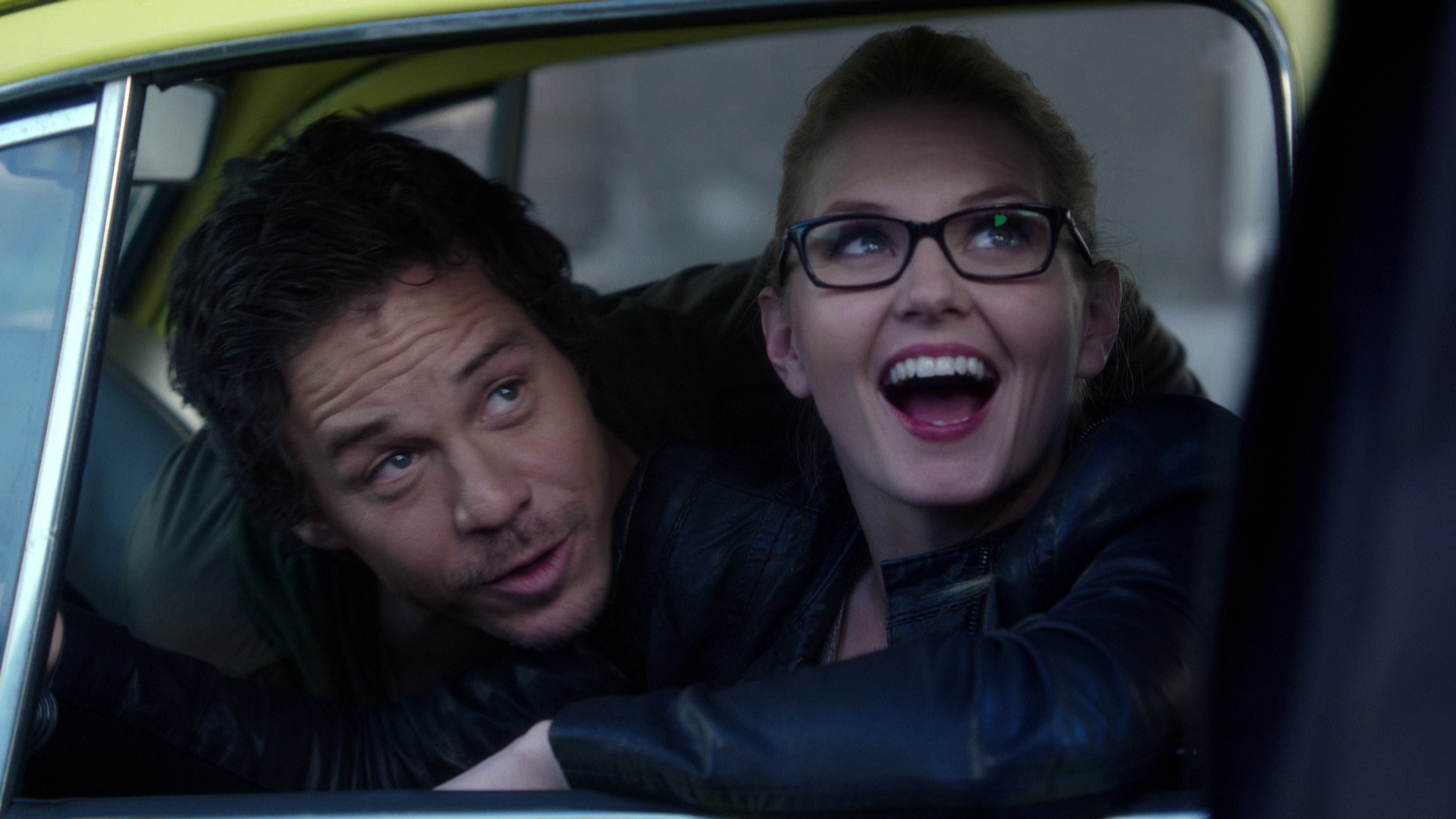
When Emma first came to this magicless world, she wasn’t alone. As an infant, a young Pinocchio, by the name of August Booth, helps transport her through a magical portal in a tree. After being placed in an orphanage together, August soon feels the weight of loneliness without his father Geppetto there with him. A group of children approaches him, saying they’re leaving, and ask if he wants to come along. Although he was sent there to care for Emma, he chooses to abandon her, leaving Emma with no guide and all alone. August spends the next twenty-eight years heavily drinking and doing wrong by his father’s wishes. Because of August’s temptations getting the better of him and not living an honest life, he slowly begins to turn back into wood like when he was younger. After Emma is finally reunited with her son and spends a few months in Storybrooke, August makes an appearance and tries to make right by fulfilling his original orders to help guide her on her journey to uncovering the truth and breaking the curse.
And They All… Lived. The End.
For Once Upon a Time to stay true to the original fairytales, there has to be some happiness and magic to keep the viewers engaged and mesmerized by the fantasy. As dark as the series tries to be, it’s still a fairytale at the end of the day. And although not everyone receives their happily ever after, almost all of the main cast either does get to live happy, or at least receives redemption from their wicked pasts. The series gives viewers a better understanding of how most of the original versions would play out in this day and age, especially being in this world vs. theirs. It’s fun to watch as the fairytales come to life and immerse fans in their reality. And the reality of it not being so perfect and unrealistic is almost better for a lot of fans.
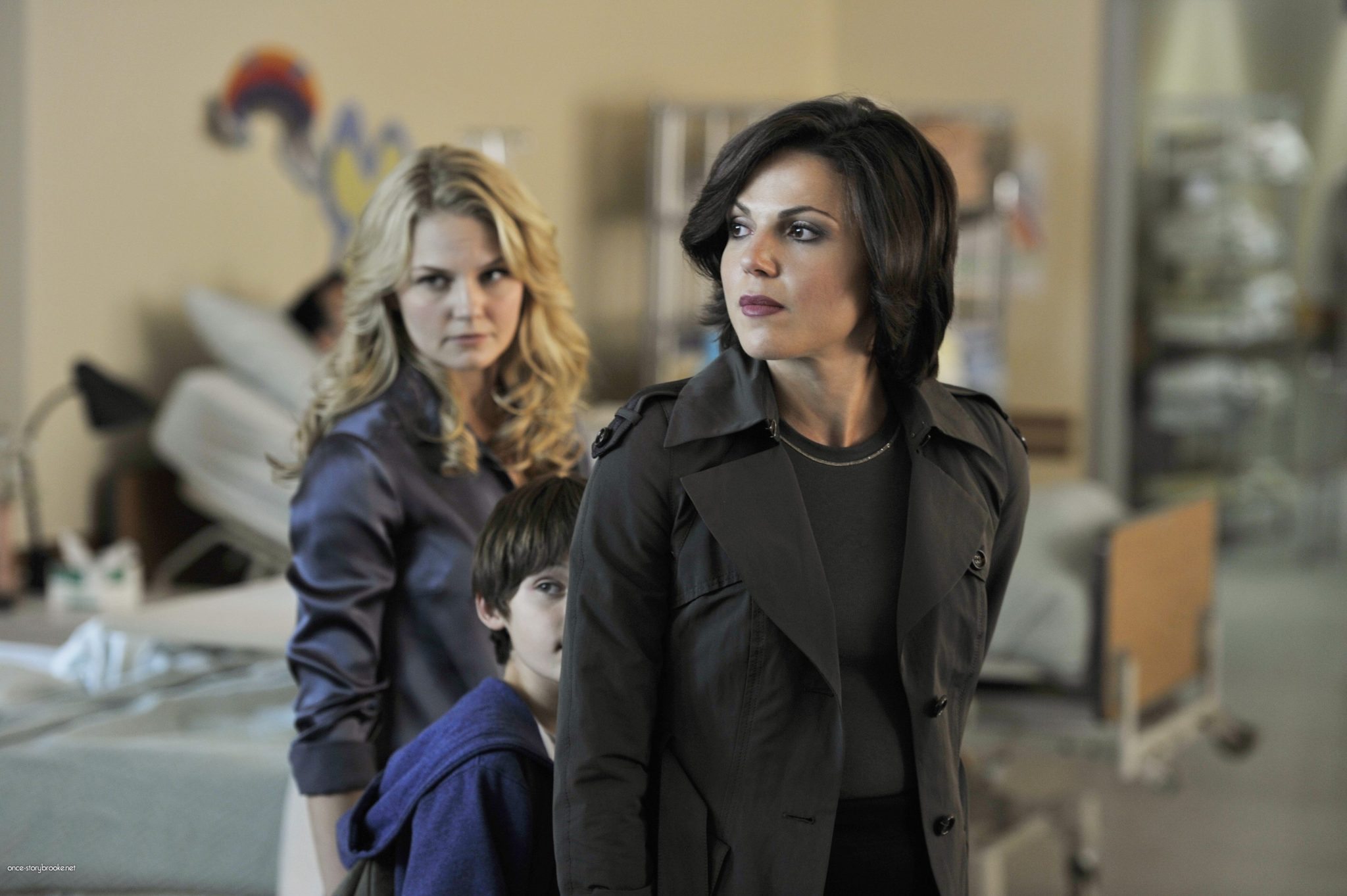
Compared to the original stories, what’s unique about this series is its relatability to both the protagonists and antagonists. Nothing is one-sided, and everyone gets to share their side of the story. Fans know exactly why the Evil Queen is so evil and why Rumplestiltskin cares so much about power over humanity. And they also acknowledge that heroes like Snow White and Prince Charming aren’t exactly perfect either. It doesn’t make the viewers take sides since fans get to chose who they sympathize with after viewing the character’s provided backstories. And in the end, almost every character is portrayed as an equal. No one is evil unless proven to be unredeemable.
